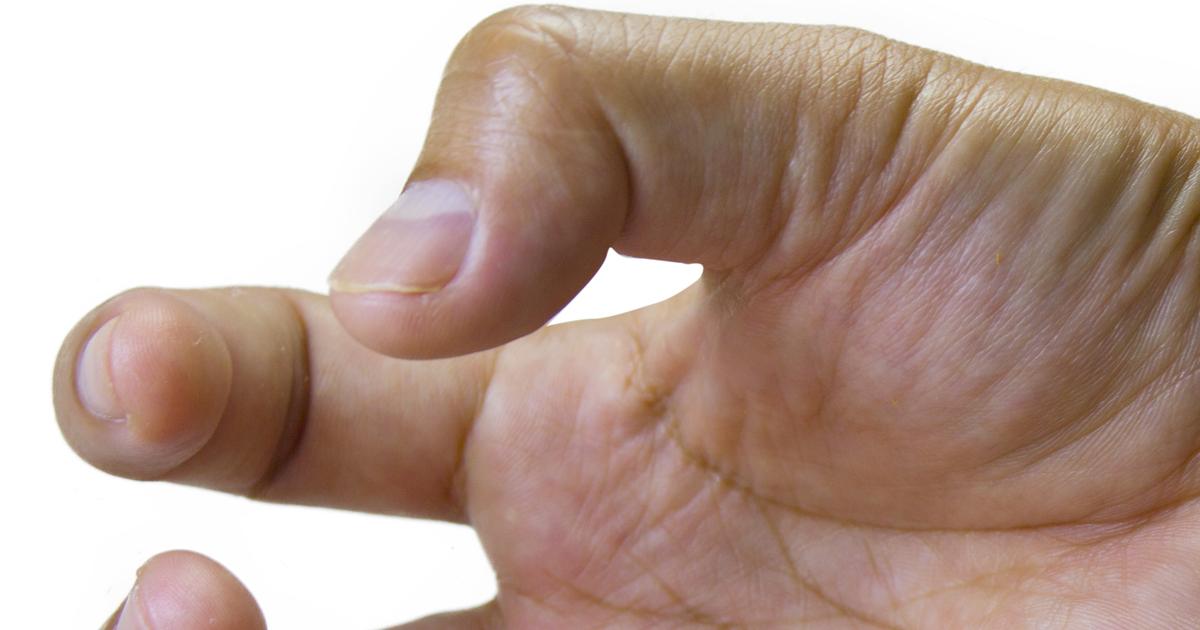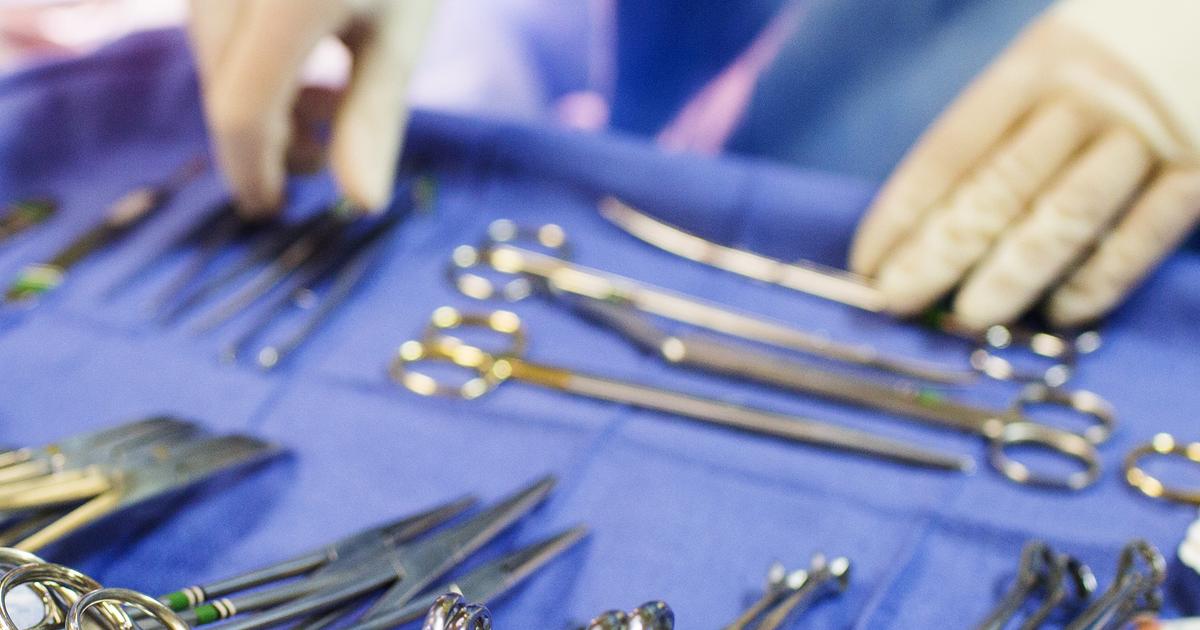Effective Methods for Diagnosing and Treating Trigger Finger
9. Tenolysis

Tenolysis is a surgical procedure sometimes used to treat cases of trigger finger that have not responded to conservative treatment. This surgery can be done with local or general anesthesia, and patients need to stay in the hospital for one to two days after the procedure. Patients having general anesthesia will not be able to eat or drink anything after midnight on the night before their surgery, and some medications may need to be discontinued for seven days before the operation. During the procedure, the surgeon removes lumps and adhesions that prevent the tendon from gliding smoothly. They will begin by placing a tourniquet near the surgical site to restrict blood flow to that area. Next, the surgeon will make an incision so they can see the tendon and surrounding tissues. Some of the tissue will be cut to release the tendon. The surgeon will check the patient's ability to move the affected area during the procedure. Based on this information, they will know whether the tenolysis has been successful or whether an additional surgical intervention such as tendon reconstruction is needed. The incision site will be closed with stitches, and the area will be bandaged. Tenolysis performed on the flexor tendon of a finger typically takes around forty-five to sixty minutes. After returning home, patients are advised to avoid strenuous activity for at least four weeks, and a physical therapy program is recommended to regain range of motion, strength, and function in the finger.
10. Tenosynovectomy

A tenosynovectomy is an operation that removes the tendon sheath that covers the affected tendon. This procedure may be recommended to prevent tendon rupture and allow the tendon to move freely again. This operation can be done as an outpatient procedure with local anesthesia, and it usually takes around thirty minutes to complete. After applying a tourniquet and numbing the surgical site, the surgeon will make an incision at the base of the patient's thumb. Next, they will locate the extensor retinaculum, a band of fascia that goes across the tops of the tendons. This may be done endoscopically. After locating the extensor retinaculum, the surgeon cuts it to release it. Special care is taken during this process to avoid damage to the radial nerve or tendons underneath the extensor retinaculum. The surgical site is closed with stitches, and a bandage is applied. Recovery from this procedure may take three to six months.
